Planting viola seedlings. How to grow viola
Charming viola blooms with large flowers, while the flower can have completely different colors. Today, varieties have also been bred that have a corrugated edge of the petals.
Content:
In culture, viola is unpretentious, it is winter-hardy, easily tolerates a transplant even during flowering. This plant grows relatively quickly, the primrose appears already in May, and until late autumn the viola enchants everyone with its beautiful appearance.
Planting seedlings
Viola is known to most as pansies. Despite the fact that this is a rather unpretentious plant, however, in order for the variegated flowers to please the eye throughout the season, planting viola on seedlings must obey some rules.
Since viola is a two-year-old plant, planting it on seedlings necessary to obtain rainbow flowers in the first year of cultivation. Planting begins in February and is done with certain nuances. Before planting, viola seeds are soaked for a day in a solution of Epin, Zircon, EM-1 preparation.
Swollen viola seeds spread over the surface of a slightly damp and compacted substrate, sprinkling seeds on them a little, spray and cover with glass.
It is better to grow seedlings in a special soil substrate for violets.
It is advisable to air the planting from time to time. You can place a container with crops in a plastic bag. The first shoots appear in two weeks. At the stage of 1-2 true leaves, viola sprouts must be dived. Picking should be done twice: a week after planting, then another couple of weeks. When picking, plants should be planted, keeping 6 cm between them in each direction.
Viola is planted in open ground in May – June (about two months after planting on seedlings), after spring frosts, leaving a distance of 10-15 cm between plants. To allow the plant to spread out a little, you can leave 20 cm between the bushes.
Landing in open ground
Viola can be planted not only with seedlings, but also with seeds. Seeds are sown directly into open ground in the month of May, preferably in the middle of it. About fifty seeds are sown per meter of furrow. Another option for sowing is sowing in holes, which are located at a distance of at least 5 cm. 2-3 seeds are sown in each hole. To ensure active seedlings of plants, it is recommended to soak the seeds in a solution of Epin or Zircon for a day.
The seeds need to be buried 0.5 cm and sprinkle the grooves with earth, rubbing it with your fingers. After that, water the soil in moderation and slightly mulch it with sawdust to keep it moist. After a week, the first shoots will hatch, they should be shaded, for which stretch a dark film over the plants. After a couple of weeks, the film can be removed.
When planting seeds directly into the ground, add crushed coal in a ratio of 0.2 of coal and poultry droppings to 1 part of the earth. Viola does not like petrified soil, and coal fights this problem very well. If charcoal seems to you something extravagant or inappropriate, then use the classic method of planting - add a soil substrate that is ideal for violets: turf, manure, sand and peat in a ratio of 2: 2: 1: 2.
As for the elite varieties of viola, they can be propagated by cuttings and layering, but this option is more applicable in greenhouse conditions than in personal plots.
Disembarkation in the second year
To obtain an abundant viola color in the second year, it should be sown in open ground in the middle of summer. For the winter, mulch the plants, and then, with the onset of spring warmth, the viola will begin to delight you with its variegated flowers.
Plant care
Viola prefers loose, fertile, moist soil. It is very important to regularly loosen the soil and water the plants. Since the roots of the viola are buried in the soil no more than 20 cm, these measures, together with the removal of wilted flowers and weeding of weeds, stimulate lush, long flowering.
This miniature beauty thrives in fertile, moderately moist and well-drained soils. On poor soils, it also will not wither, but it will not please with lush flowering.
Viola seedlings must be fertilized at least once a decade with a solution that contains complex mineral fertilizers. As for adult plants, they should be fed monthly. For this, ammonium nitrate or superphosphate is suitable. The calculation of the required fertilizer should be calculated at a ratio of 30 g per sq. meter of soil.
It is important to eliminate harmful weeds in a timely manner, as well as to ensure that the soil does not dry out, but at the same time to prevent stagnation of water. To preserve the viola for the second year, cover it with fallen leaves in the fall. These simple rules will create healthy plants that will delight you and your guests.




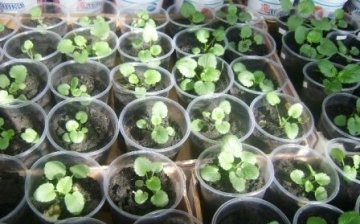
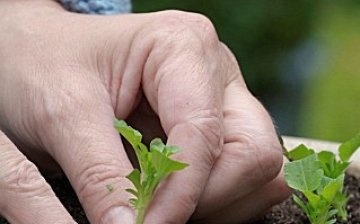
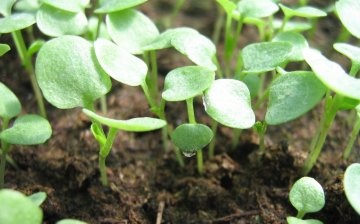




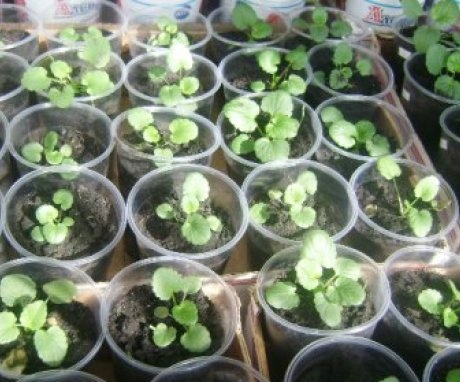
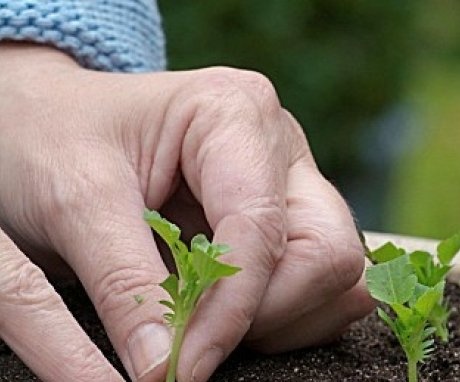
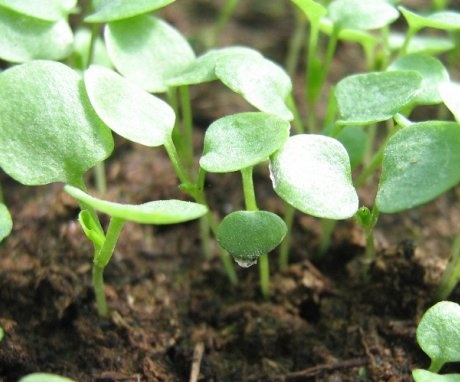
I have always liked pansies, but I have long noticed that over time they seem to grow: the flowers become smaller, and sometimes even become pollinated, acquiring a different color.